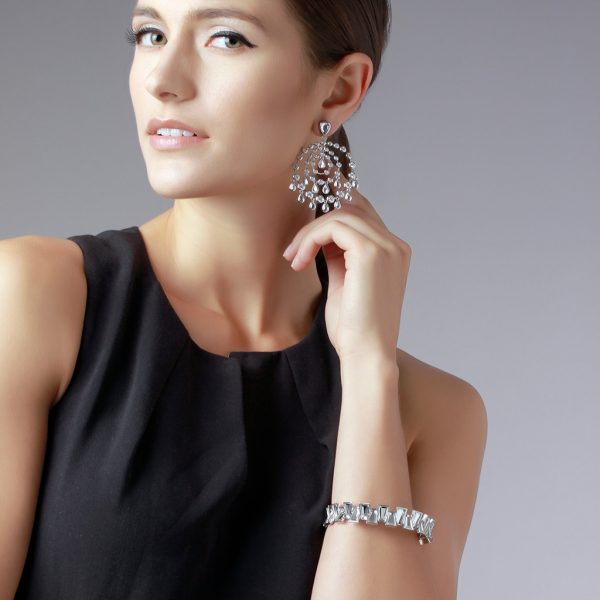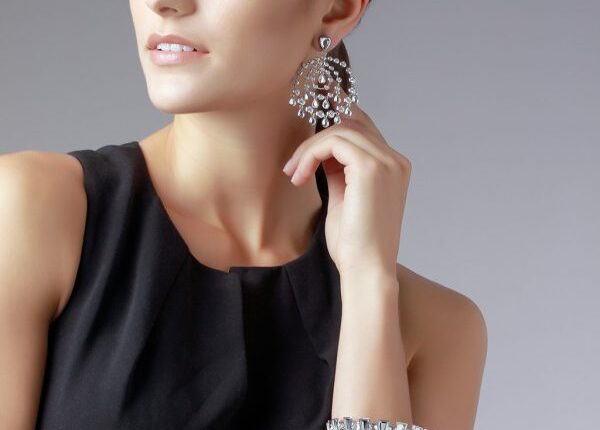
If you are a connoisseur of jewellery and love all things silver, you might want to know the types of silver there is. It will help you make an informed decision the next time you purchase a piece of jewellery.
Silver comes under the category of precious metals. It is a much sought-after metal for jewellery making. The buyer gets the benefit of a look akin to platinum but at an affordable price. It is important to know your jewellery, and when it comes to silver, there are a couple of varieties like the sterling silver. So, let us take a look at the different types of silver.
Sterling Silver
It is an alloy (different metals combined) of copper and pure silver. This combination ensures durability, malleability, and a high sheen. Sterling silver contains 92.5% silver and is, therefore, referred to as 925 silver. It bears a quality stamp of “.925,” denoting the quality. The nature of the alloy presents an enhanced lustre that is prized by jewellery lovers all over the world.
The major advantage of sterling silver is its malleable quality. It lends itself to manipulate it into a variety of shapes. Making intricate designs becomes an easy possibility. Australia has one of the largest silver reserves in the world and ranks sixth in the production of silver. Silver has only gone up in demand over the years akin to the other precious metals.
Silver-Plated
This kind incorporates a base metal with a thin coating of silver. The ratio of silver is negligibly less. It, therefore, makes up for jewellery at low prices. Plating is prone to high levels of tarnishing. The silver coating will gradually fade to reveal the metal underneath.
Pure Silver .999
It contains 99.9% silver and carries the same mark to represent its quality. It is also known as fine silver. It is highly soft. Due to this quality, its purest form is rarely used. Pure silver has a few advantages. One is that it does not tarnish easily.
Nickel Silver
Do not be fooled by its name; it has no silver in it! The name refers to the colour rather than the metal. It constitutes a base metal like copper. It is otherwise known as German silver. To avoid misleading the customers, it is to be advertised as an alloy. People who are allergic to nickel may develop adverse reactions wearing this.
Tibetan Silver
Yet another imposter, Tibetan silver is a type of metal that only passes off as silver in appearance. They contain no trace of silver. These metals are infamous for their use in tribal jewellery; hence this type is sometimes called tribal silver. They sometimes contain traces of highly dangerous metals. It is not advisable to purchase this type of jewellery.
How To Care for Silver Jewelry
- Do not let the silver jewellery get wet, as it can cause tarnishing. Store it in a dry place. Wipe with a clean, soft cloth to remove dirt and deposit.
- Silver has the tendency to oxidize when it comes into contact with atmospheric air. Hence it is best to store them separately in air-tight containers when not in use.
- A quick, ingenious trick to clean silver is using fluoride toothpaste. It can completely get rid of the oxidized blackness that sometimes covers silver jewellery. It restores the original silver colour. Keep in mind that it has an abrasive effect. While it can clean tarnished silver and give a polished sheen, it can sometimes cause scratches on the surface.


Comments are closed.